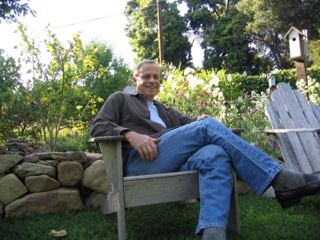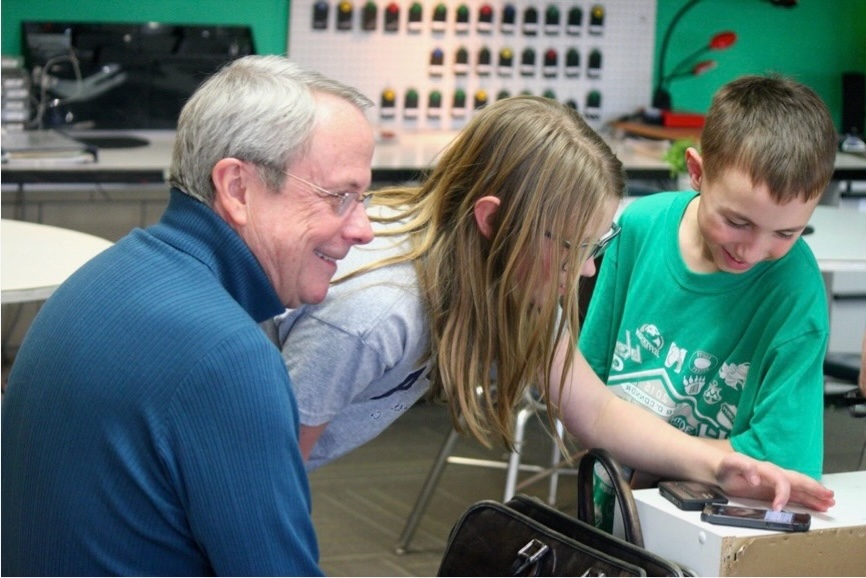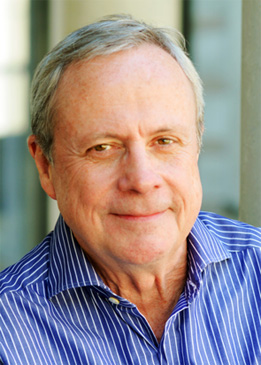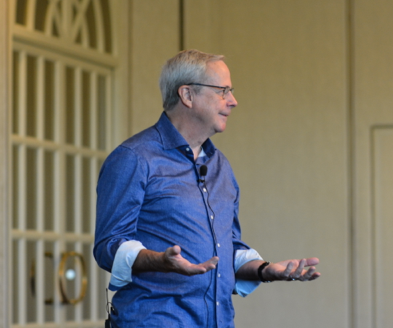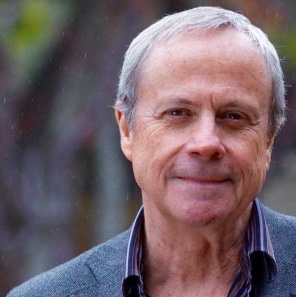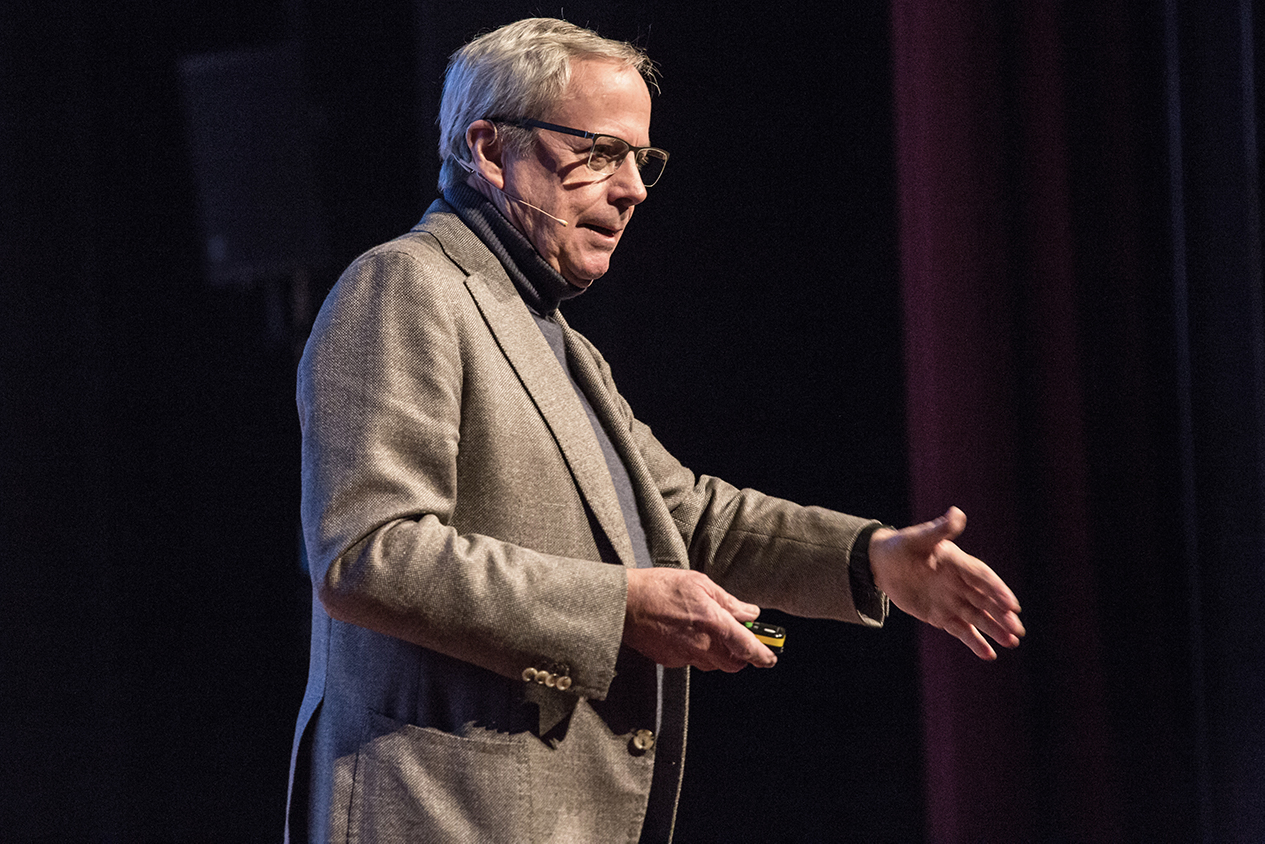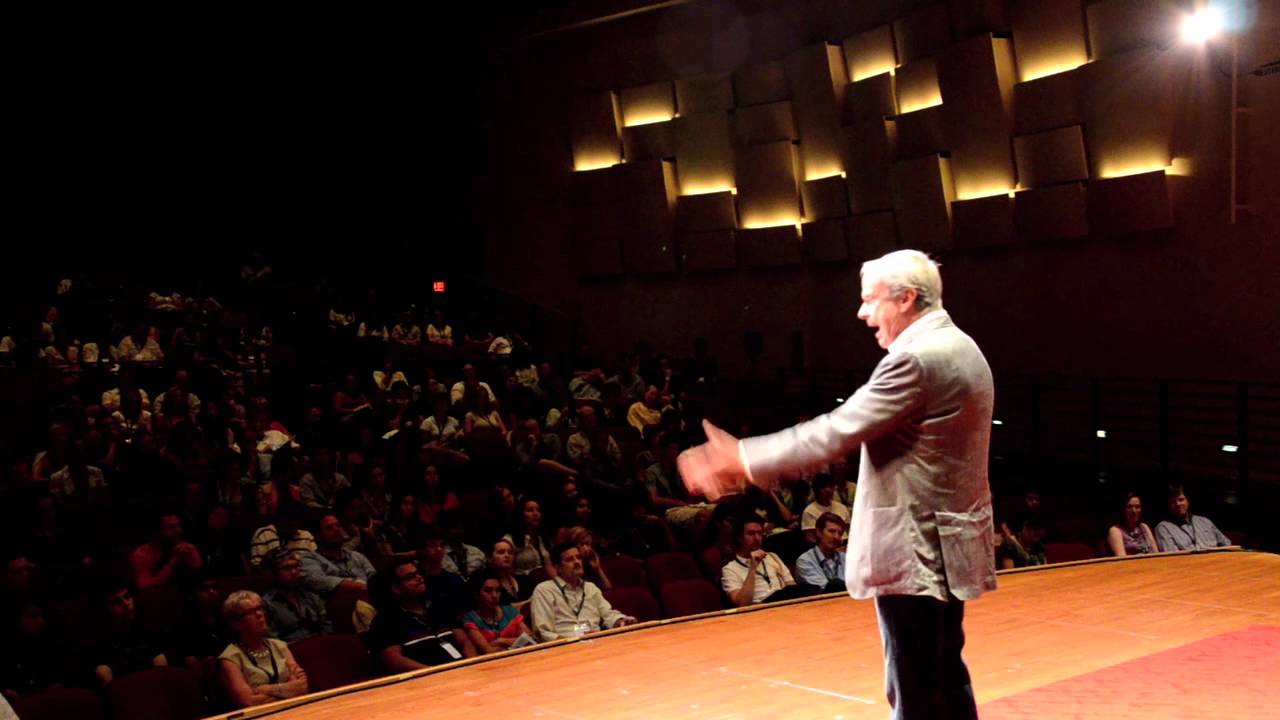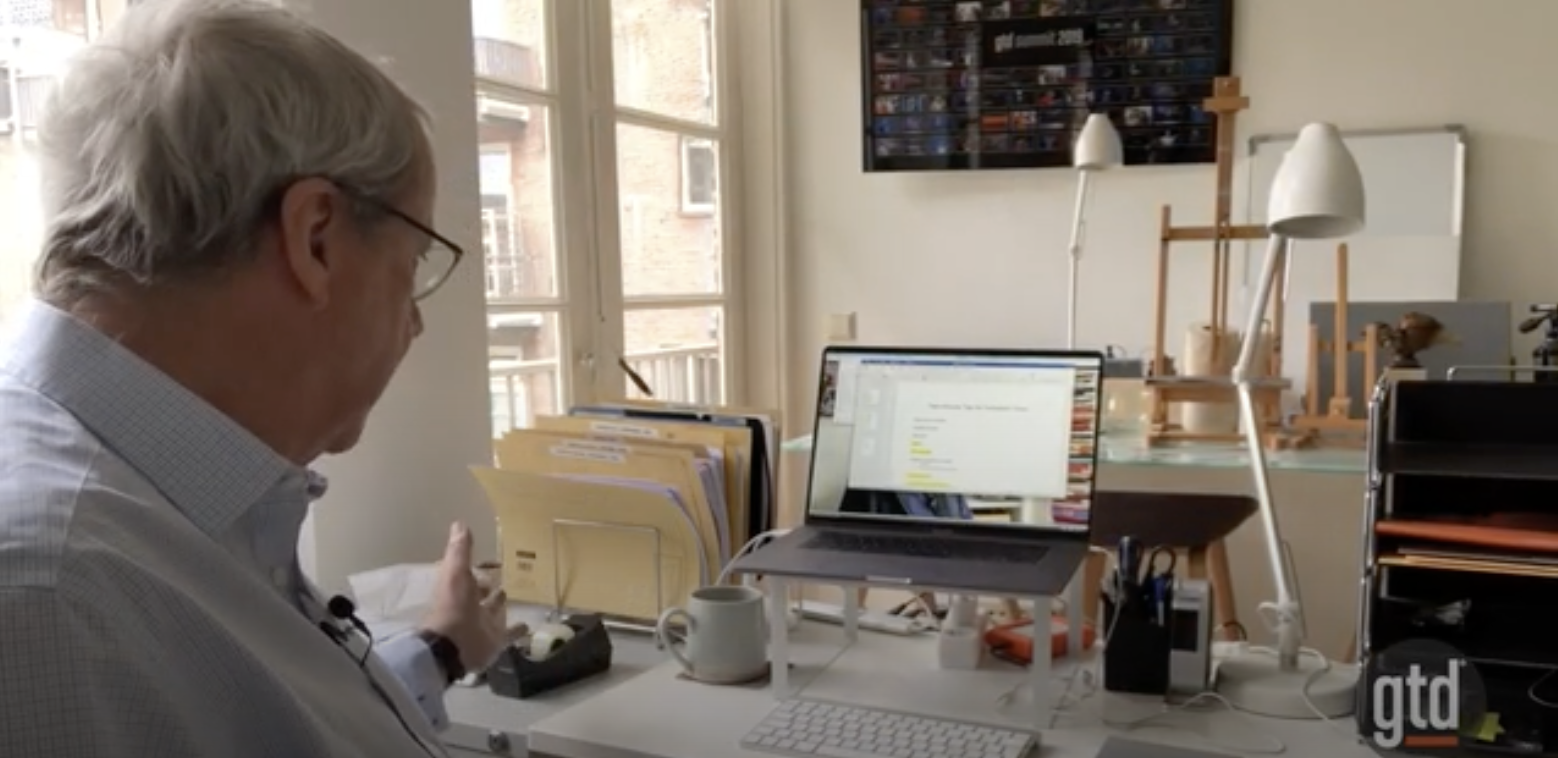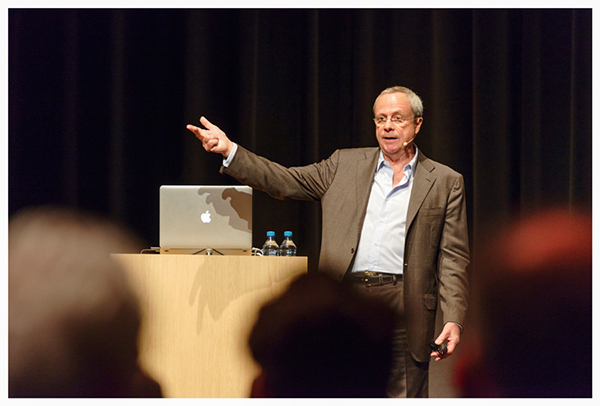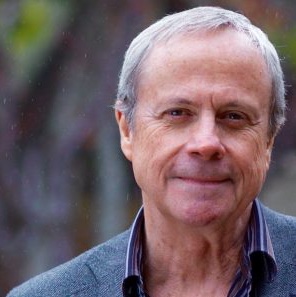Ignoring next actions on secondarily important actions and projects because you are too busy and concerned with urgent things fosters continual crisis management.
Turns Out, GTD Is Child’s Play
Seeing kids light up as they gain control over their world made me wonder—what if every student had access to these skills? Imagine growing up with GTD as second nature.
The One List People Trust
The problem with most people’s system is that the calendar is the only list they trust, and more than 95% of what they really need to keep track of is not a set of appointments but all the things to be done in between them.
Have Your Lists Become Listless?
Come back to the purpose of your lists. Are they creating freedom and expansive thinking?
The Way Out is Through
You can only feel good about what you’re not doing when you know what you’re not doing. We have to loosen the grip of unclear agreements with ourselves to be free to follow our intuitive hunches and creative focus.
The Numbness of Blended Stacks
With a little effective categorizing, you can stop having to keep thinking about having to be doing so much work!
The Doing Dance
How much, of which kind of work to do when, is the eternal dance of the workday. It’s an eternal challenge, not an inherent problem.
What does “organized” mean?
You are disorganized if you need something somewhere that you don’t have or have something somewhere that you don’t need.
The Due Diligence of Decision-making
If thorough front-end decision-making is a key success behavior, and you can easily get sidetracked, can you train yourself to make them quicker, better, and more thoroughly across your life and work? Sure.
Getting Others to Change
How do you motivate people to change their behavior? This is a common question for managers, executives, coaches, teachers, parents, and anyone else who ever wants other people around them to act differently in a consistent way.
The Second-worst Task List App
The second-worst task list app is an inbox with stuff that’s been there more than 48 hours. Here are some reasons the inbox is a poor list manager.
The Direction Correction Badge
I’ve noticed that one of the hardest things for people to do is to change what they’re doing to something better to be doing, when there’s nothing externally forcing them to. But to unhook from whatever groove we’re in, in the moment, and shift the focus of awareness and physical energies into something that may not be as immediately easy or comfortable…I think that takes real strength.
Fast Forward to Yesterday
I wouldn’t have wanted yesterday any different. I might have ended the day with a shorter inbox and next action list, but might not have had as rich a life.
The Process Pressure Points are Personal
The most successful executives/professionals/people keep their decks clear, make decisions on the front end, dispatch the results to trusted people and systems, track commitments rigorously (their own and others’) and get physically engaged taking actions on the projects they own.
Choosing what to do
The five steps of GTD workflow are Capture, Clarify, Organize, Reflect, and Engage. When it’s time to Engage, people often ask how to choose from what may be long lists of tasks to do. That’s when it’s helpful to use the criteria for choosing: Context – What place, tool, or person will the action require? …
Can GTD® help you do less?
Question: It seems to me that focus and productivity are different concepts that often get conflated. When people think of productivity, they seem to think of doing more, faster. When people think of focus, they seem to think of doing less, more deliberately. Doing more faster, in my view, simply means being more efficiently frenzied, and it appears a lot of people are chasing this ideal. Doing less with focus, however, seems to be truly valuable. It appears GTD as a theory and practice favors increased productivity—efficient frenzy. How do you see it? Where does focus fit in the GTD equation, and can GTD help with doing less, not more?
William Elliot on Building Courage
William Elliott, GTD® trainer and coach in South Africa, talks about ways to use GTD to deal with anxiety or fear. He starts by offering a definition of courage, and moves to specific questions you can ask yourself that give practical help during times of stress.
Steven Coutinho-Story to Innovation
Steven Coutinho talks about how the stories we make up can get in the way of productively innovating, and shares his vision of what school could be like.
Troubleshooting Your GTD® Capture
Komal Thakkar takes you for a deeper dive into the Capture step of GTD workflow. She discusses potential areas for improvement, and advises how you can evaluate your capturing to align with the best practices for this step.
Guided GTD Weekly Review®
Experience what David Allen calls the “critical success factor” with GTD®, by going through a complete GTD Weekly Review®. You’ll get a taste of all 11 steps of the process, with helpful advice along the way. Please note that this recording has not been edited to remove the several minutes of silence for you to do each of the 11 parts of the review.
